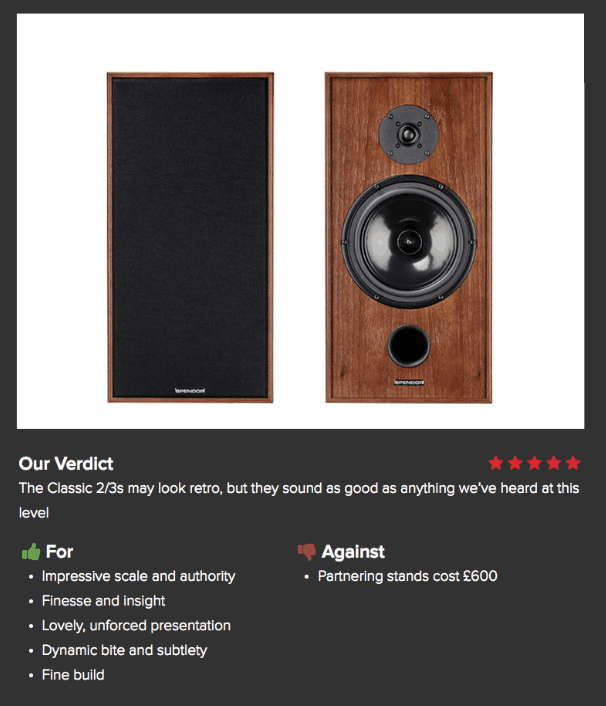
Few speakers on the market can match the heritage of Spendor’s Classic 2/3s. This design can trace a direct line back to the highly regarded SA2s, which were launched in 1980.
But the engineering ethos behind the product goes back even further, to ideas developed by the BBC engineering department in the 1960s.
Does that put these speakers at a disadvantage compared to high-tech alternatives from the likes of Dynaudio or Bowers & Wilkins? As long as the distinctive styling and relatively large size aren’t an issue, we don’t think so.
Build and compatibility
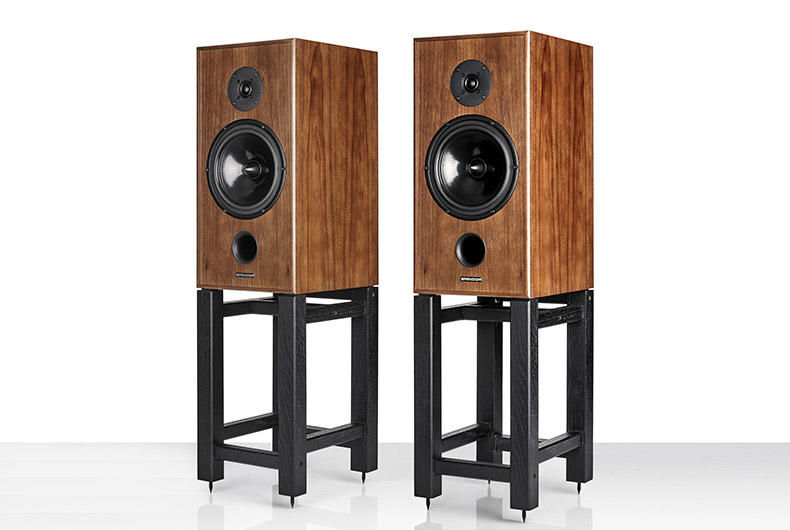
These Spendors are 54cm tall, about a third bigger than most of their standmount competition, and they need to be positioned well clear of walls to sound balanced. They’re likely to be most at home in medium-to-large rooms.
While the dedicated, open-framed wooden stands – the Fortis, made by Hi Fi Racks – cost a hefty £600, we can’t find a preferable alternative as far as performance and aesthetics are concerned.
The BBC-inspired engineering is most obvious in the speaker’s cabinet construction. Most rivals aim to make the enclosure as rigid as possible to give the drive units a solid foundation to work from and minimise any cabinet wall movement. Spendor’s Classic models take a different approach.
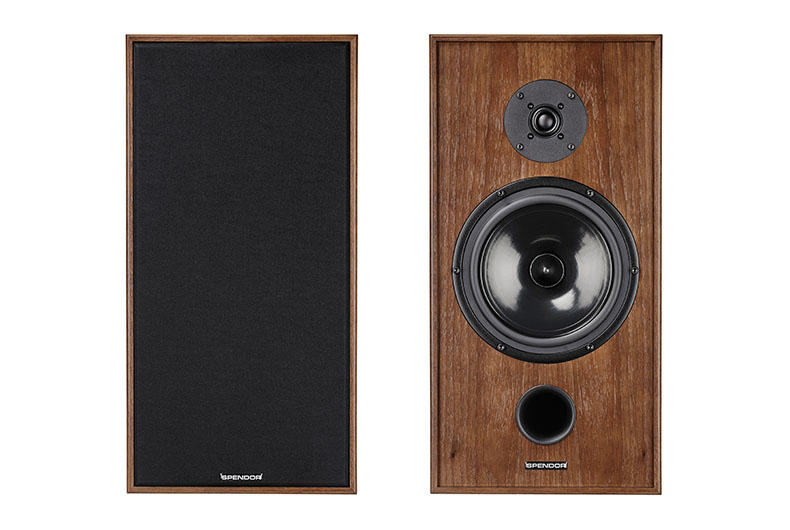
No matter how rigid you make the cabinet there will always be some cabinet resonance. This will add distortion to the sound the drive units make.
Making the enclosure more rigid will only make that resonance higher in frequency, crashing the midrange region where our ears are most sensitive.
The BBC approach is to make the cabinet walls thin (so they flex at low frequencies, where our hearing is less discriminating) and to control resonance by carefully, but heavily, damping the cabinet panels. Spendor’s Classic models have always used this method, and the 2/3s are no different – though this latest model features a far more rigid front baffle.
In these speakers, the company has further refined the technique by using new visco-elastic damping pads in strategic places. The pads absorb vibration energy and turn it into heat, but the speakers don’t get noticeably hotter during heavy use.
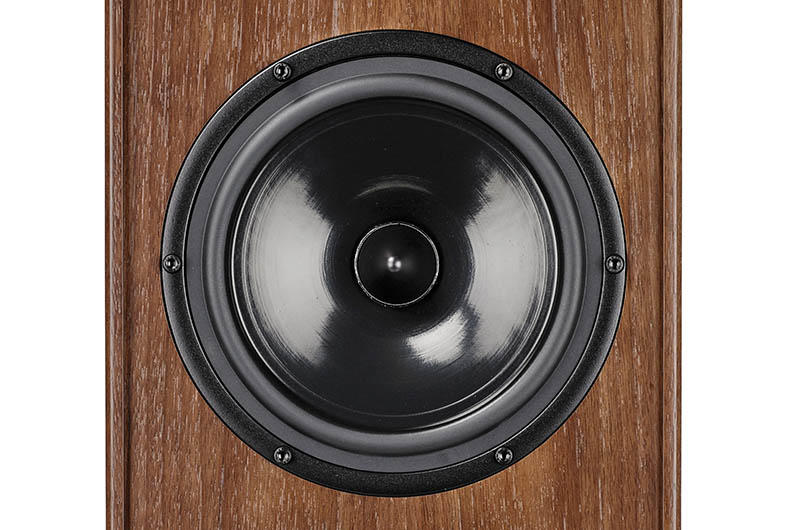
The Classic 2/3s’ mid/bass driver is all-new. It’s an in-house unit, which is something of a rarity for a manufacturer of Spendor’s modest size. Most rival companies buy in their drive units from OEM suppliers such as Scanspeak or SEAS.
The mid/bass unit has a 21cm diameter polyamide fibre reinforced polymer cone and a die-cast magnesium alloy chassis, the latter for its rigidity. Every aspect of the design has been honed, from the cone surround right the way through to the suspension and motor system, all in a bid to optimise performance.
The 22mm surround dome tweeter has been around for a few years, but remains a fine performer. Its unusual profile is designed to deliver extended highs while maintaining wide dispersion characteristics.
The tweeter and mid/bass driver are mated with a high-quality and carefully calibrated crossover network. It’s a relatively simple circuit and is none the worse for that.
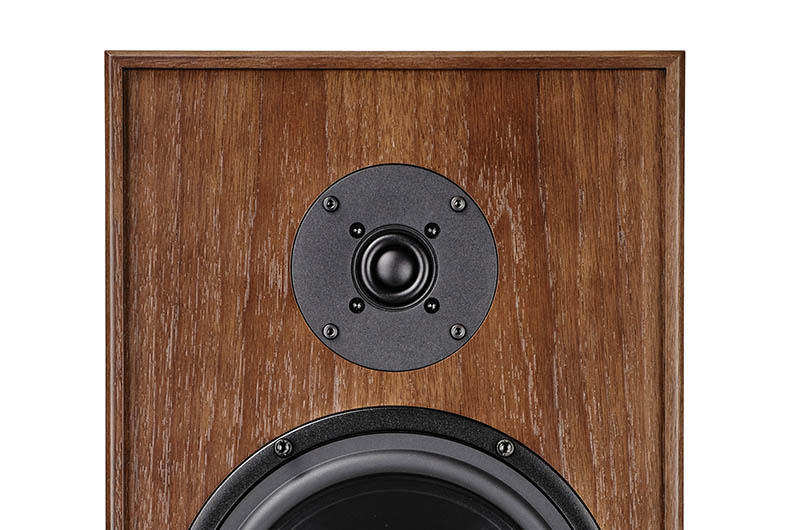
Sensitivity is quoted at 88dB/W/m while nominal impedance is 8ohms (with a minimum of 6.8ohms). These figures suggest the Classic 2/3s are easy speakers to drive for most quality amplifiers.
These are, of course, premium speakers and so positively demand good-quality source components and amplification if you want the best from them.
We use our reference Naim NDS/555 PS music streamer, Clearaudio Innovation Wood turntable and Gamut D3i/D200i pre/power combination with great results. Rega’s Elex-R is pressed into use too, without issue. The Spendors simply reflect the quality of the signal they receive.
The cabinets look like they’ve been made with care, and the real wood veneer is neatly applied. This latest generation of Spendor’s Classic speakers have grilles that are held on with magnets.
This not only makes it far easier to take the grilles off, but the speakers also look much neater without them. There are two finish options for the enclosures – the dark walnut of our review samples, or cherry.
Sound
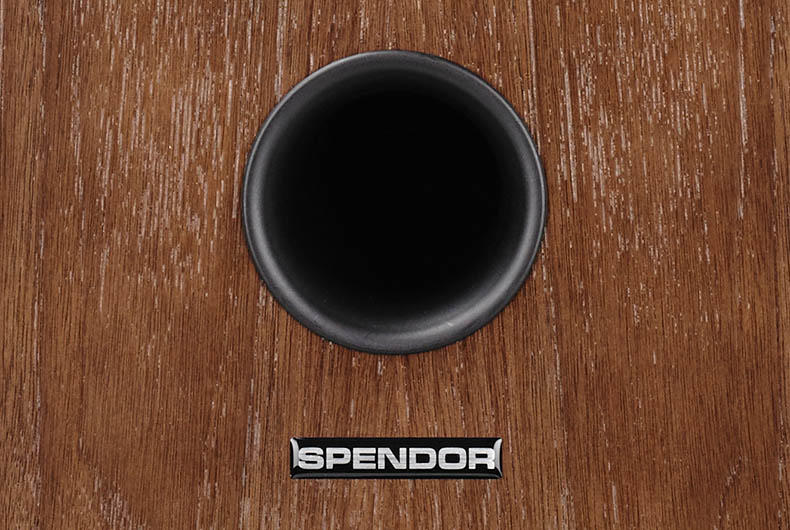
The Classic 2/3s have an easy-going sonic nature, one that draws the listener into the music rather than shouting for attention.
These speakers may not win out in a quick dealer comparison, but given time their considerable charms are obvious. Most modern rivals sound smaller, leaner and more aggressive by comparison.
Tonally, the presentation is pretty even. There’s certainly less warmth to the midrange and bass than in previous generations, but there remains a lack of overt aggression.
This characteristic doesn’t go as far as taking the venom out of tracks such as Nirvana’s Come as You Are – where the 2/3s show a surprising amount of attitude – but it still makes poor recordings and below-par electronics a little more palatable.
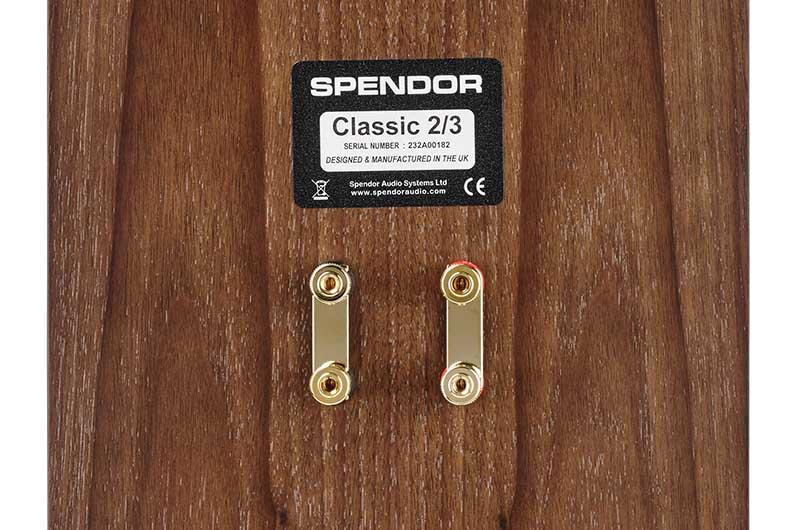
As we listen to a range of classical music from the gorgeous Clair de Lune by Debussy right the way through to Stravinsky’s often frantic The Rite of Spring, we’re aware of the Spendor’s impressive sonic authority and their ability to deliver dynamics – both subtle and large-scale – with remarkable grace.
There’s a beautiful sense of fluidity to the way these standmounters go from quiet to loud, and it’s coupled with a delicate sense of ease most rivals struggle to approach.
Those large mid/bass drivers really manage to shift plenty of air without sounding like they’re working hard at all. Push harder and the Classic 2/3s retain their composure and refuse to harden.
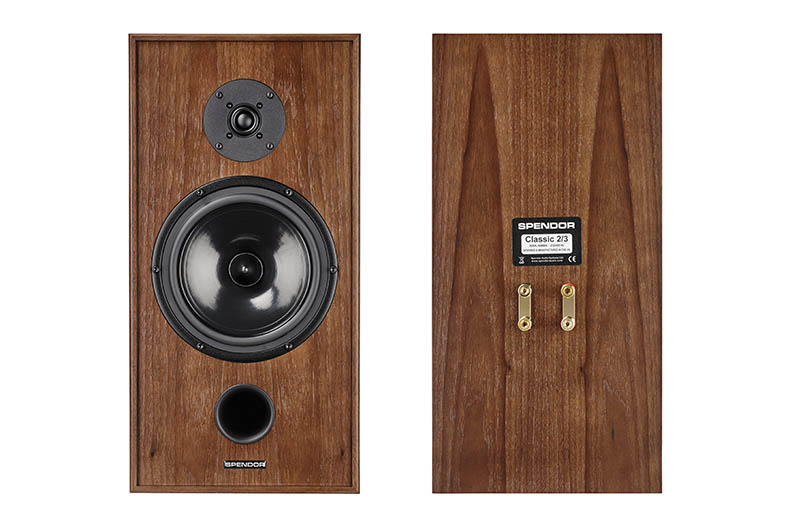
Of course, there’s lots of bass – how could there not be with such a generous cabinet volume and such big mid/bass units? But it’s delivered with finesse as well as plenty of weight and power.
Compared to previous generations of this model, there’s far more in the way of precision – the Classics revealing the texture of low frequency notes with considerable skill.
There’s plenty of punch too, as we find out with Major Lazer’s Pon de Floor. Hard-hitting music such as this reveals a level of rhythmic momentum that challenges the likes of Dynaudio’s award-winning Special Fortys.
Earlier generations of this Spendor could sound a little sedate but, given the right music, the 2/3s are happy to party. That’s something we weren’t expecting.

It’s not all change though. The 2/3s remain true to their heritage in delivering a midrange that is seamless and inviting. Voices come through with body, weight and just the right degree of natural warmth.
There’s plenty of detail too, with the standmounts picking up subtle nuances and instrumental textures without highlighting the fact unduly.
These are speakers that we could listen to for hours on end without tiring, yet they have enough in the way of excitement and drive to entertain when the music demands.
Verdict
The 2/3s surprised us quite a lot during the review period. They retain the charm and easy-going nature of their highly regarded predecessors, but now have the punch and rhythmic precision to work well with a wider range of music.
We can’t think of a better all-round alternative at this price level.

